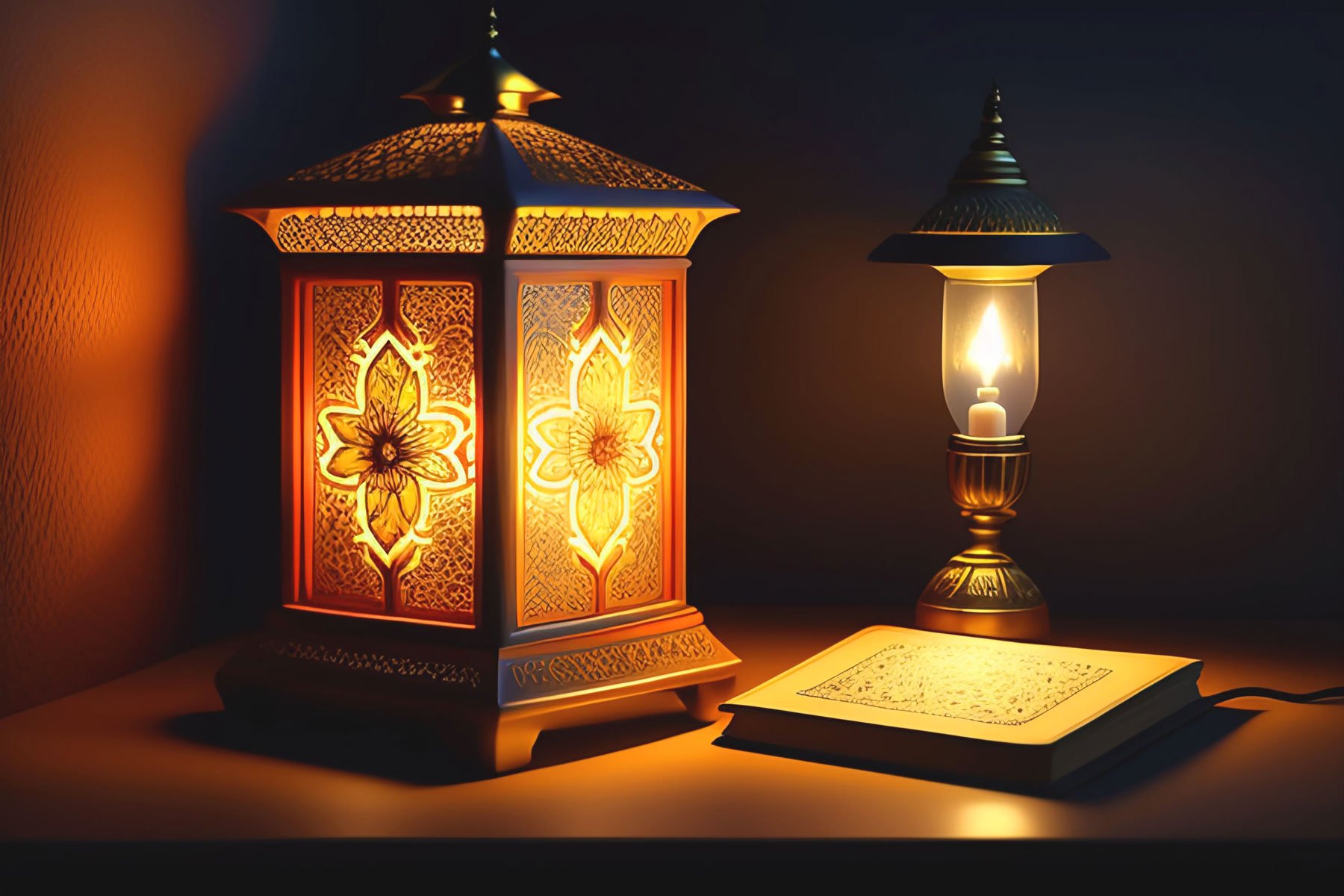Eid al-Adha, also known as the Festival of Sacrifice, commemorates the willingness of Prophet Ibrahim (Abraham) to sacrifice his son Ismail (Ishmael) as an act of obedience to Allah (God).
The Significance of Eid al-Adha
It is celebrated on the 10th day of Dhu al-Hijjah, the 12th and final month in the Islamic calendar. This day holds tremendous significance in the Muslim calendar and is regarded as one of the most sacred days. Devotees engage in prayer, charity, and the act of sacrificing an animal – usually a sheep, goat, or cow – to commemorate Prophet Ibrahim’s selflessness and his readiness to sacrifice his own son.
Eid al-Adha Traditions in the Middle East
In the Middle East, it is celebrated with great enthusiasm and joy. The festivities last for three days and include family gatherings, feasting, and gift-giving. Muslims dress in their finest clothes and attend special Eid prayers in the morning. After the prayers, they return home to share a special meal with their families.
The highlight of Eid al-Adha in the Middle East is the sacrifice of an animal. In many countries, such as Saudi Arabia, the government sets up special abattoirs to ensure that the process is humane and that the meat is distributed to the needy.
Eid al-Adha Traditions in South Asia
In South Asia, it is also an important holiday and is known as Bakrid or Qurbani Eid. Muslims in this region celebrate the festival with prayer, charity, and feasting. They dress in their finest clothes and offer sacrifices of animals, which are then distributed among family, friends, and the poor.
In some parts of South Asia, such as India, the festivities last for four days. On the first day, Muslims gather for special Eid prayers in the morning. They then return home to share a meal with their families and exchange gifts. The remaining three days are spent visiting friends and relatives, feasting, and participating in community events.
Eid al-Adha Traditions in Africa
In Africa, it is celebrated with a unique blend of Islamic and African traditions. Muslims in Africa dress in their finest clothes and attend special Eid prayers in the morning. They then return home to share a meal with their families and exchange gifts.
The highlight of Eid al-Adha in Africa is the sacrifice of an animal. In many parts of the continent, such as Senegal and Mali, the sacrificial animal is a sheep or goat, while in other parts, such as Nigeria and Sudan, it is a cow or camel. The meat is then distributed to family, friends, and the poor.
Conclusion
Eid al-Adha is a time for Muslims worldwide to come together and celebrate their faith. While the traditions may vary from region to region, the spirit of the festival remains the same – a time of prayer, charity, and sacrifice. It is an opportunity to reflect on the values of Islam and to strengthen the bonds of family, friendship, and community.
Discover more from NoseyPepper
Subscribe to get the latest posts sent to your email.










Recent Comments